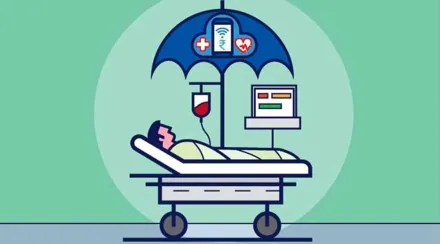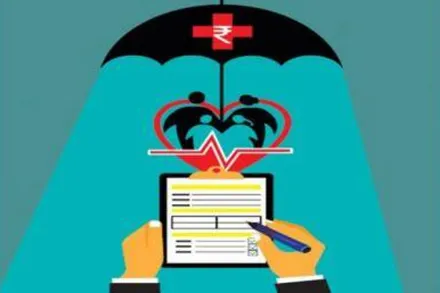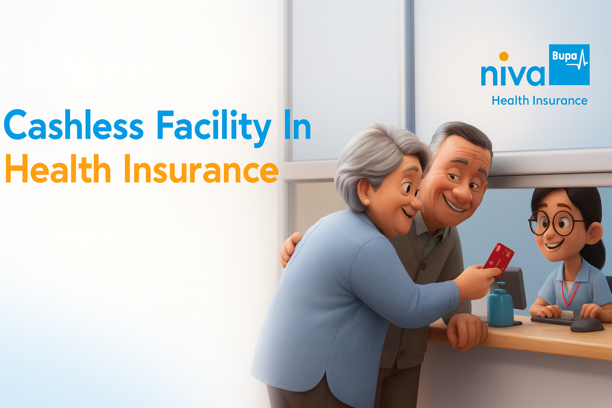Claim Types
Types of Cashless Hospitalisation
Planned Hospitalisation


Types of Reimbursement Hospitalisation


Planned Hospitalisation
Documents Needed at the Time of Admission

Step 1: Documents Needed at the Time of Admission
When you reach the hospital, provide these documents at the TPA desk:
Your insurance policy details or e-card.
Copy of Aadhaar Card and PAN Card.
Complete medical diagnosis reports.
Doctor’s written prescription for hospital admission.
Hospital’s estimated bill for treatment.
Step 2: Hospital Intimates Insurance Company
The hospital’s TPA desk will send a pre-authorisation request to your insurance company.
Step 3: Submission & Verification of Claim Documents
Hospital submits the required documents for approval.
The insurance company verifies your claim (usually takes 30 minutes to 2 hours).
Tip: Inform your agent or broker—they can help get faster approval.
Claims may be rejected or partially approved if:
The hospital is blacklisted by IRDA.
Your policy does not allow this type of hospitalisation.
You are still in the waiting period for a pre-existing disease.
Any other reason as per policy terms.
Step 4: Claim Decision
If Approved: Hospital receives an approval email.
If Declined: Hospital receives a rejection email.
Step 5: If Your Claim is Rejected or Partially Approved
Don’t panic! Follow these steps:
1.Understand the reason for rejection or partial payment.
2.Contact the insurance company’s help desk or customer care for details.
3.Discuss with your agent or broker—they can provide professional guidance.
Step 6: If the Problem Persists
Contact Insurance Mart and share:
A copy of your policy.
The rejection letter from your insurance company.
The hospital’s estimated bill.
The doctor’s prescription for admission
Greetings from Insurance Mart.

We understand that a healthy workforce is the foundation of a productive organisation. That’s why we specialise in providing Group Mediclaim Policies—tailor-made health insurance plans that protect employees and their families, while also helping employers control costs and manage claims efficiently.


























